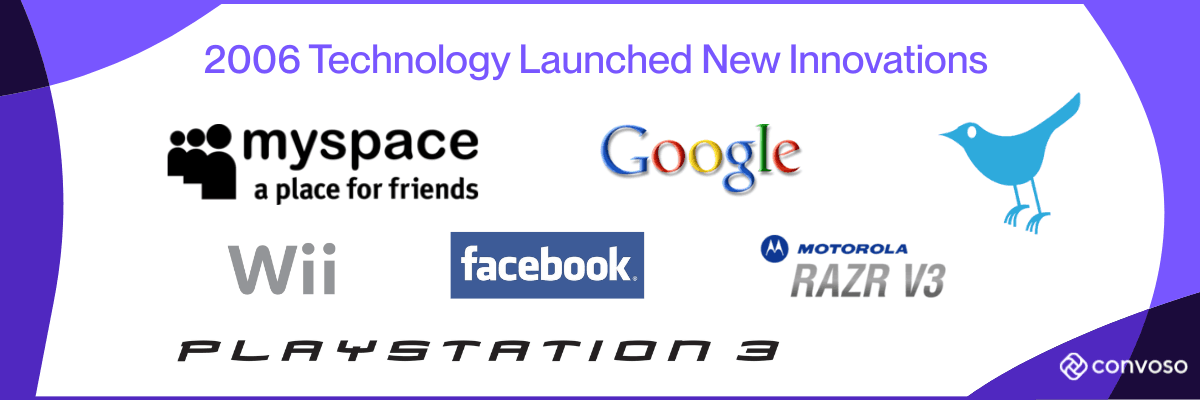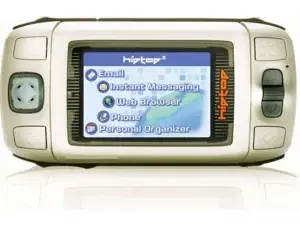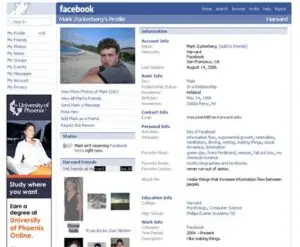
Tech Then & Now: How 2006 Launched a New Era of Innovation
In 2006, the world was discovering Facebook, Twitter introduced microblogging via tweets, and flip phones were still cool. That same year, Convoso began helping businesses connect with customers more efficiently and profitably.
Two decades later, as Convoso marks its 20th anniversary, we’re looking back at some of the technology from that period – along with what’s changed for outbound call center operations since then.
2006 marks tech innovations and new beginnings
Some of today’s most recognized names in tech got their start around 2006. And some have changed entirely or disappeared.

YouTube had launched just a year earlier in 2005, and the first iPhone wouldn’t be announced until 2007. MySpace ruled social networking (ask your history books, kids – it was global and huge). In fact, in 2006 MySpace became the most visited website in the U.S.
New technology seemed to debut every few months:
Facebook opened beyond college campuses to anyone with an email address
Twitter launched and orginates the concept of microblogging
Sony released the PlayStation 3 and Nintendo unveiled the Wii
Motorola introduced a new edition of its wildly popular Razr flip phone
And Google bought a little thing called YouTube
Google expanded its dominance of search engine traffic and shelled out $1.65 billion to acquire the nascent YouTube platform, buying itself video search capabilities. That seems to have worked out pretty well.
Let’s rewind to 2006 to see what technology looked like.
Phones steadily get smarter
One of the easiest ways to see how far technology has come is to look at the phones of 2006.
Cell phones were just beginning to feature GPS, Wi-Fi, web browsers, and blazing fast (for the time) 3G speeds. When CNET reviewed the best phones of 2006, categories included “Best Slider Phone,” “Best Camera Phone,” and “Best BlackBerry,” and their pick for “Phone most likely to be the next big thing” was the Telstra hiptop 2.

Fast forward to today, and nearly every phone is an all-in-one camera, GPS, entertainment hub, and productivity tool, with no need to add on a PalmPilot or PDA. The smartphone didn’t just reshape communication—it redefined it.
Videos start going viral—and YouTube goes mainstream
Long before TikTok, YouTube was spawning the viral video. In 2006, the average video was grainy 360p, often filmed on a flip phone. Still, the young site was drawing 100 million views per day in July 2006 just three months before Google made its historic purchase.
Today, YouTube is the second most-visited website in the world (by a long shot and only behind Google) with 2.7 billion users and home to creators, streamers, and entire industries, offering high definition content and segmented media channels for music and TV. The shift to video changed not just entertainment, but how businesses market, train, and communicate.
And it’s not just the YouTube ecosystem that’s shaped the last 20 years. Building off the pioneering platform’s success, in 2007 Netflix added on-demand video to its DVD mail subscription service, and since then video streaming providers have proliferated.
Social networking takes center stage
In 2006, social networking exploded into mainstream life.
The mega-trendy MySpace platform boasted 100 million accounts and generated $30 million revenue per month. The college social networking site Facebook opened to the public (surpassing MySpace users within two years). LinkedIn, thought of at the time as “MySpace for adults,” became profitable for the first time. And a new platform called Twitter introduced “tweets” and “microblogging”.


Back then, these platforms were all about connection and curiosity. No one could have predicted they would go on to shape global communication, commerce, and even politics.
Like the growth of streaming video, the growth of these platforms ushered in a fundamental change in the way many people interact with the world around them. Today, social media is where many people discover news, research products, and engage with brands—evidence of how deeply digital connectivity has become part of daily life.
The tech evolution that changed the call center
While the world was upgrading its phones and discovering social media, businesses that relied on conversations with prospects were experiencing their own transformation.
Convoso was founded in 2006 – the same year YouTube and Twitter made headlines – built on the idea that technology could make phone-based sales more efficient and transparent. Back then, “efficiency” meant dialing faster and connecting with as many leads as possible.
But two decades of technology, regulation, and customer behavior have reshaped what success looks like for business telemarketing and revenue-driven outbound call centers. And strategies have adjusted alongside the technology.
In 2006:
High-volume dialing was the norm.
Lead lists were massive, but often low intent.
Consent rules were minimal, and compliance tools were basic.
Caller ID reputation wasn’t even a concept yet.
In 2026:
Success depends on lead quality and intent, not just volume.
Compliance and consent are central to sustainable strategy.
Multichannel engagement – supporting calls with text and email cadences – is essential to reaching consumers.
Caller ID reputation and phone number management directly impact ROI.
AI and automation drive scalability by improving efficiency across campaigns, agents, and managers – and enabling smarter, data-driven decisions.
Outbound call center campaigns have progressed from “dialing more” to “connecting better.” And Convoso has both evolved with and influenced this change.
20 years of Convoso innovation
Over the last two decades, Convoso has helped contact centers transition from manual dialing and spreadsheets to an AI-powered performance engine.
Our flagship predictive dialer laid the foundation for a platform built on high level performance, responsiveness, adaptability, compliance, and continuous improvement.
In recent years, we’ve led innovation in:
Real-time analytics and automation for dialing efficiency
Compliance management tools built in to align with evolving regulations
Caller ID reputation management to protect contact rates
A breakthrough 2025 innovation is Convoso Ignite — a solution that helps call centers transform performance results by automating the phone number (caller ID) lifecycle and leveraging AI to select the optimal number for every call in real time.
Ignite represents the next step in Convoso’s mission to help outbound teams achieve higher contact rates, lower admin overhead, reduce cost per acquisition, and drive smarter, data-driven growth – all while managing compliance in a changing landscape.
Two decades of change, one constant: innovation
From manual operations to automations that improve efficiency, the past 20 years have shown that innovation never stands still.
For Convoso, staying ahead of technology has never been about chasing trends – it’s about anticipating and addressing the needs of real contact centers and the people who run them.
As we celebrate our 20th year in 2006, one thing remains true: The future of contact center software and outbound campaigns as a business driver belongs to those who keep evolving.
Convoso’s journey began with a mission to help contact centers work smarter. Two decades later, that mission continues with new technologies that make outreach more efficient, compliant, and profitable.
Ready to see how 20 years of innovation can drive stronger results for your contact center?
FAQs about 2006 technology vs now
2006 saw the debut of major platforms and devices that still shape our world today – including Twitter, Facebook’s public launch, the Nintendo Wii, and the PlayStation 3. It was also the year Google acquired YouTube, marking a turning point for online video.
Convoso was founded in 2006 — the same year many of these iconic technologies launched – with a mission to make phone-based sales and lead generation more efficient and profitable through innovation.
The Motorola Razr V3 was one of the most iconic phones of the year, known for its slim design and cool factor. Smartphones as we know them today hadn’t yet arrived – the first iPhone launched the following year, in 2007.
The biggest shift has been from volume to intelligence. Modern contact centers rely on automation, analytics, and compliance-driven outreach strategies. Comprehensive solutions like Convoso’s platform, including Convoso Ignite, help teams optimize contact rates, manage reputation, and operate more efficiently and profitably than ever before.
Schedule a demo
Supercharge your sales with our AI-powered contact center platform.
